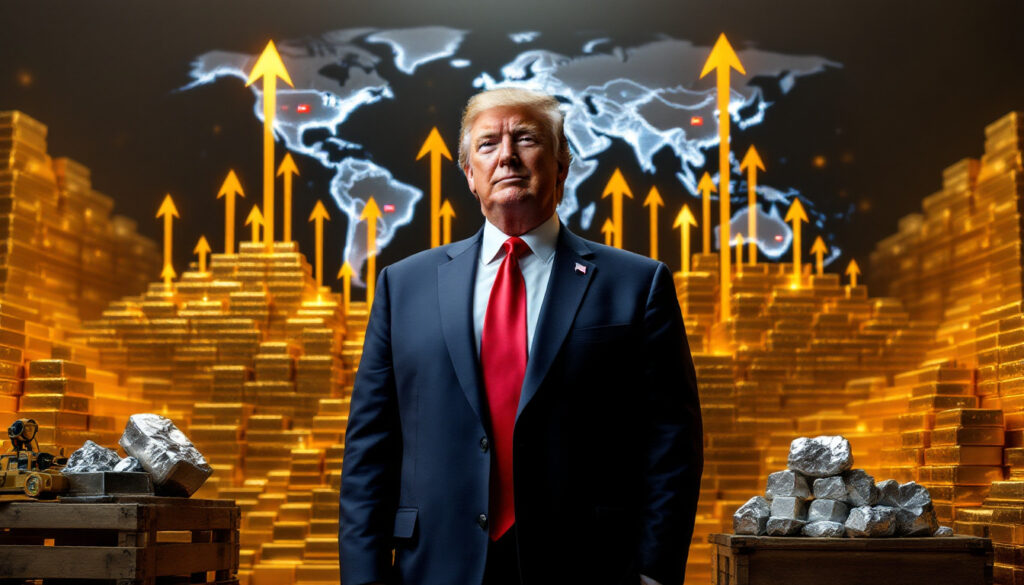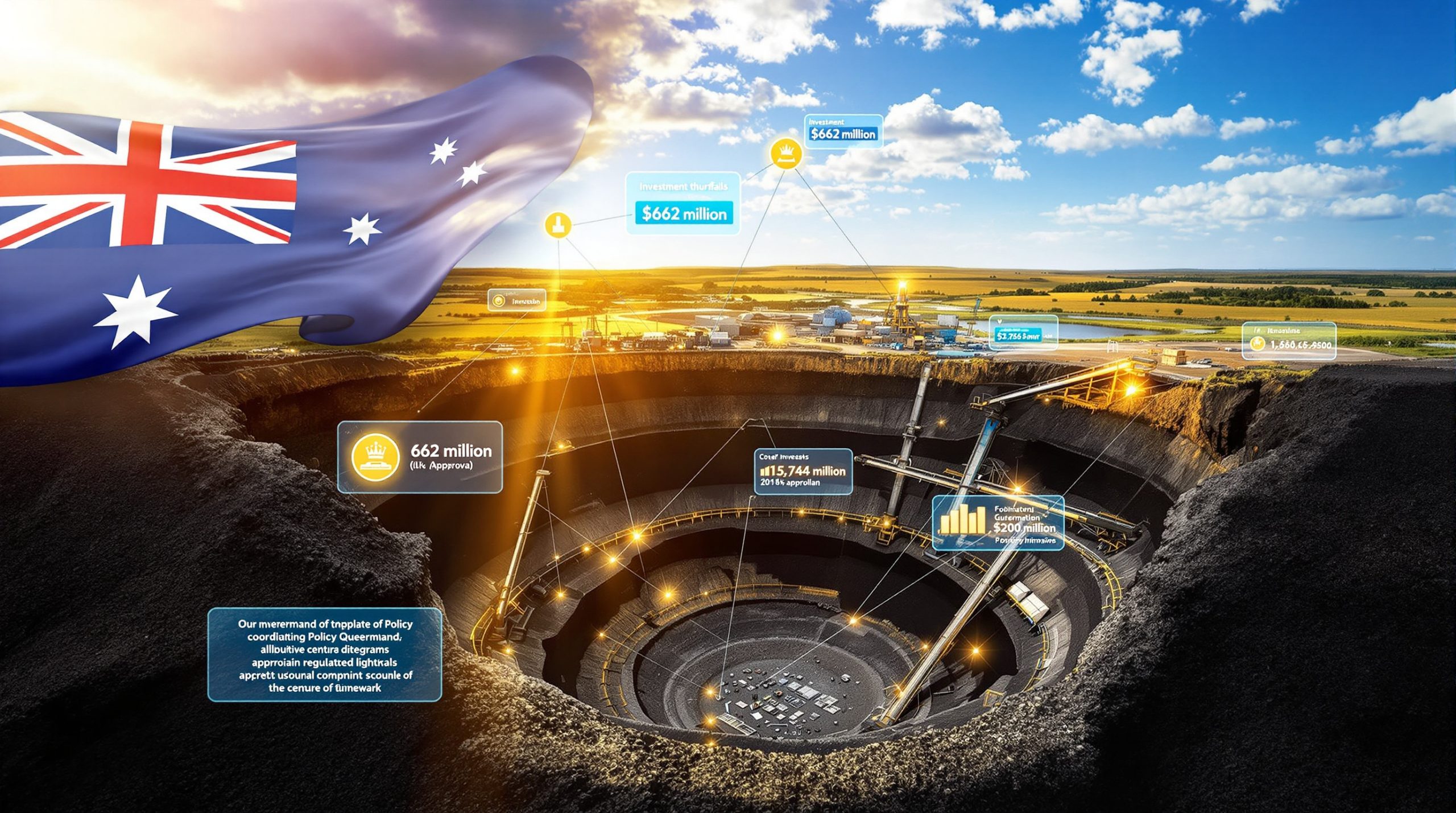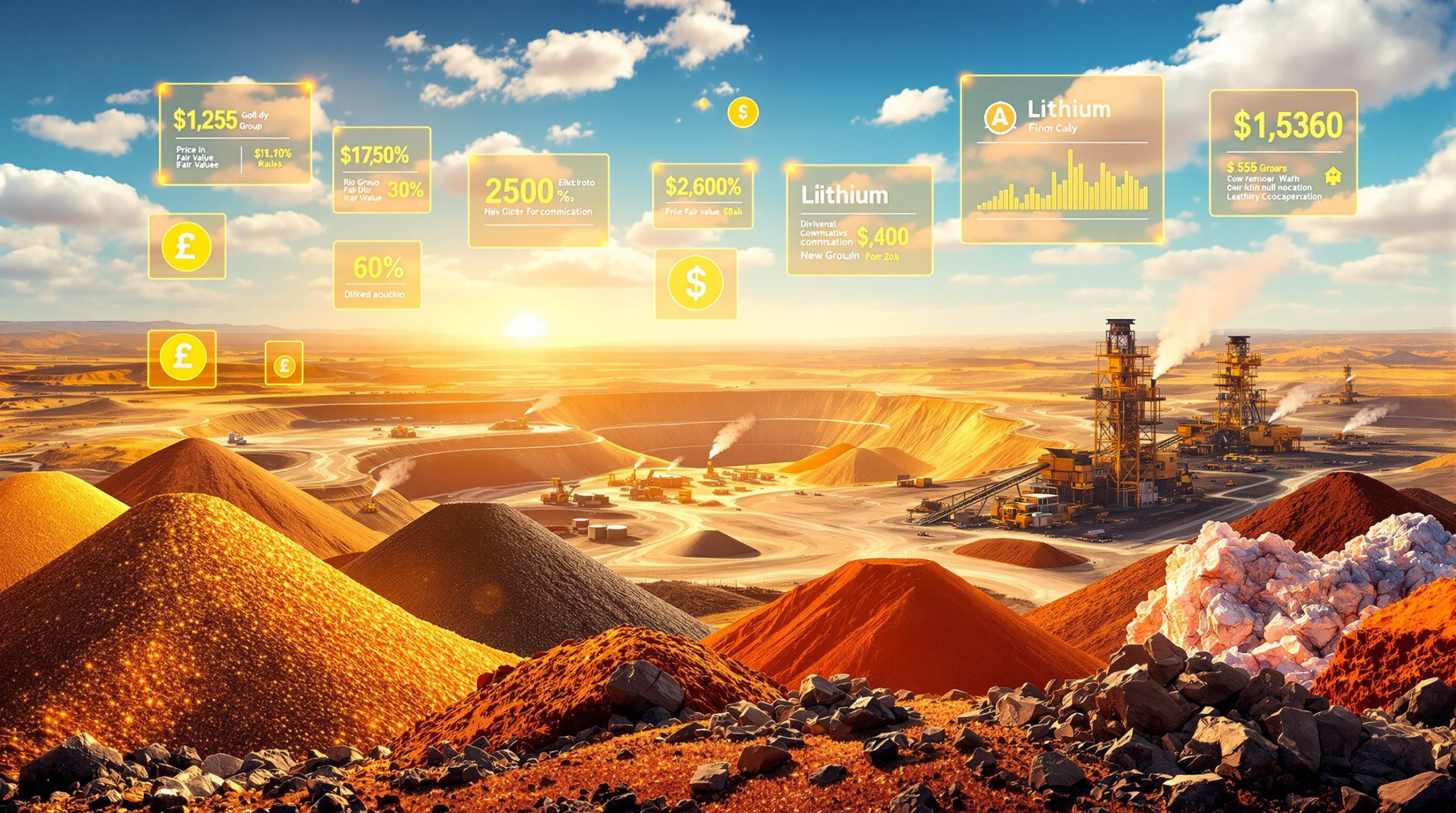What Are Trump's New Global Tariffs?
Overview of Trump's Executive Order
The executive order, announced earlier this week, introduces a tiered tariff system designed to penalize countries deemed to engage in unfair trade practices. While the 10% baseline applies universally, strategic adversaries face significantly higher rates: Vietnam at 46% and China at 34%. This structure aims to protect domestic industries but has drawn criticism for its potential to inflate consumer prices and disrupt global supply chains. Michael Jagger of the European Taxpayers Association warns that such protectionist measures could "destabilize decades-old economic alliances." Furthermore, understanding market dynamics amid policy shifts becomes crucial for investors navigating this uncertain landscape.
Timeline and Implementation Details
The tariffs are expected to take effect within weeks, with sector-specific adjustments based on country-of-origin and product categories. Immediate market reactions included a 2.8% drop in the S&P 500 and a 15% surge in copper futures as industries rushed to stockpile materials. The accelerated timeline has left minimal opportunity for multinational corporations to reconfigure supply networks, exacerbating short-term inflationary pressures.
How Have Gold Prices Responded to Trump's Tariff Announcement?
Record-Breaking Price Surge
Gold's ascent to $3,216 per ounce marks a 22% year-to-date increase, surpassing previous highs set during the 2008 financial crisis. The rally intensified during aftermarket hours following the tariff announcement, reflecting a flight to safety among institutional investors. This price action underscores gold's enduring role as a hedge against geopolitical uncertainty and currency devaluation. Recent gold market analysis and trends show that Donald Trump global tariffs and gold prices are increasingly interconnected as investors seek safe havens.
Investor Sentiment and Market Analysis
Trading volumes in gold futures spiked by 37% compared to the 30-day average, with open interest climbing to 540,000 contracts. Analysts attribute this to renewed concerns about stagflation—a scenario where inflationary pressures coexist with stagnant economic growth. The velocity of the price movement suggests algorithmic trading systems amplified the trend, as machine-learning models detected patterns resembling previous crisis periods. According to Reuters, gold continues to benefit from safe-haven demand as markets digest the implications of these new tariffs.
Why Are International Gold Reserves Becoming a Geopolitical Issue?
Germany's Gold Reserves Situation
Germany's decision to store 37% of its 100 billion euro gold reserves at the Federal Reserve Bank of New York has drawn scrutiny amid deteriorating U.S.-EU relations. Bundesbank President Yakim Nigel defends the arrangement, calling the Fed a "trustworthy partner," while critics like Michael Jagger demand physical audits of the bullion. This debate mirrors broader tensions over dollar hegemony and the weaponization of financial infrastructure in trade disputes.
Expert Perspectives on Gold Reserve Security
Jagger advocates for immediate repatriation, arguing that "physical verification is non-negotiable in an era of digital vulnerabilities." Conversely, Nigel emphasizes the logistical challenges of transporting 3,400 metric tons of gold, estimating a six-year timeline and $280 million in security costs. The impasse highlights divergent risk assessments between fiscal conservatives and institutional pragmatists.
How Are Mining Companies Responding to the Changing Market?
Endeavor Silver's Strategic Acquisition
Endeavor Silver's $145 million acquisition of Peru's Kulpa mine signals a pivot toward vertical integration. The deal structure—$80 million cash and $65 million in equity—leverages a copper streaming agreement with Verseat to minimize dilution. Permits pending to increase processing capacity from 1,800 to 2,500 tons daily could boost annual silver output by 5 million ounces. This expansion aligns with CEO Dan Dickson's vision of creating a "pan-American precious metals conglomerate."
Collective Mining's Exploration Expansion
A $63.4 million investment from Agnico Eagle has enabled Collective Mining to deploy 10 drill rigs across Colombian projects. Initial results from the Guayabales site yielded 106 meters at 9.05 g/t gold equivalent, validating the Apollo system's potential. Specialized rigs arriving in June will test depths exceeding 1,200 meters, targeting porphyry copper-gold systems analogous to Freeport-McMoRan's Cerro Verde deposit. These developments reflect broader copper price dynamics and investment strategies that are evolving in response to Trump's trade policies.
What's Happening with First Mining Gold and First Quantum?
First Mining Gold's Financial Milestone
The final $5 million payment from First Majestic Silver concludes a silver streaming deal for Ontario's Spring Pole project. This non-dilutive financing model preserves First Mining's 89% ownership while funding pre-production activities. CEO Mark Graves highlights the importance of such structures in "today's capital-constrained environment."
First Quantum's Panama Situation
First Quantum's withdrawal of arbitration against Panama aims to revive negotiations over the $10 billion Cobre Panama mine. The facility, representing 40% of the company's revenue, remains closed since December 2023 due to environmental protests. President Molino's demand for local profit-sharing reforms complicates resolution efforts, with community leaders demanding a 15% equity stake.
How Are Government Policies Affecting the Mining Sector?
Canada's Regulatory Reforms Under Prime Minister Carney
The "one project, one review" policy eliminates redundant environmental assessments, potentially shortening approval timelines from 12 years to 5. A $175 million investment in Churchill's port facilities aims to streamline Arctic mineral exports, though indigenous groups demand co-management provisions. Mining Association of Canada CEO Pierre Gratton notes that "regulatory predictability outweighs tax incentives in attracting capital."
What's the Outlook for Copper Prices?
BNP Paribas' Bearish Forecast
BNP Paribas anticipates copper prices collapsing to $8,500/ton by June—a 15% drop from current levels—as Trump's tariffs disrupt China's export-driven demand. Over 600,000 tons of copper are already en route to U.S. ports, creating a supply glut. This contrasts with Goldman Sachs' bullish $12,000/ton prediction based on renewable energy demand.
Long-Term vs. Short-Term Market Dynamics
While near-term volatility is inevitable, structural deficits in copper supply—exacerbated by underinvestment in megaprojects—favor long-term price appreciation. The International Copper Study Group estimates a 4.7 million ton deficit by 2030, driven by electric vehicle and grid infrastructure demands. As Trump's policies reshaping global commodity markets continue to unfold, investors must balance short-term disruptions against longer-term structural trends.
FAQs About Trump's Tariffs and Gold Prices
How Do Tariffs Typically Affect Gold Prices?
Historically, tariffs induce capital flight to hard assets, as seen during the 2018 U.S.-China trade war when gold gained 18%. However, overt currency interventions can dampen this effect—a lesson from Japan's 1999 response to steel tariffs. As Kitco reports, Donald Trump global tariffs and gold prices are creating unprecedented market conditions that traders must carefully navigate.
What Other Precious Metals Are Affected?
Silver's 14% rally parallels gold's movement, while platinum lags due to its industrial exposure. The gold/silver ratio tightening from 85 to 79 suggests renewed retail investor participation.
Impact on Global Mining Operations
Tariffs on Chinese mining equipment (18% proposed) could raise CAPEX for junior miners by 12%, potentially delaying project timelines. Conversely, U.S.-based rare earth producers like MP Materials may benefit from protective measures.
The Geopolitical Implications of Donald Trump's Tariff Policy
Reshaping Global Trade Alliances
Trump's imposition of global tariffs represents more than an economic policy—it signals a fundamental realignment of trade relationships. The differential rates applied to various countries create a tiered system of economic allies and adversaries, potentially forcing nations to choose sides in an increasingly polarized trade environment.
Effects on Monetary Policy and Central Bank Responses
Central banks worldwide now face the challenging task of navigating potential inflationary pressures while avoiding economic stagnation. The Federal Reserve may need to reconsider its interest rate trajectory, balancing inflation concerns against economic growth targets as tariffs potentially increase consumer prices across numerous sectors. These developments highlight the importance of tracking global commodities market insights amid geopolitical tensions as Donald Trump global tariffs and gold prices continue to reshape the investment landscape.
Ready to Capitalise on the Next Mineral Discovery?
Stay ahead of the market with Discovery Alert's proprietary Discovery IQ model, delivering real-time notifications on significant ASX mineral discoveries amid global market uncertainties and tariff-induced volatility. Begin your 30-day free trial today and gain actionable insights while others are still analysing the news.




